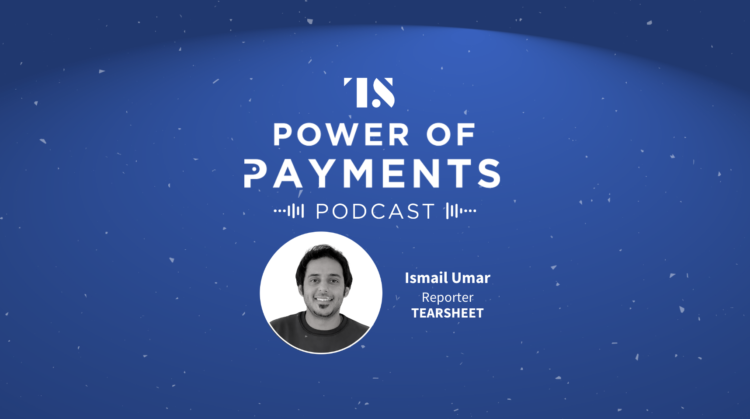Payments, Podcasts, Power of Payments Podcast
Power of Payments Ep. 2: Tap to mobile, crypto-backed cards, and PayPal’s fraudulent accounts
- Tearsheet’s new bi-weekly payments podcast gives you a taste of the recent developments in the world of payments.
- In today's episode, we talk about PayPal, tap to mobile payments, and crypto-backed cards.








